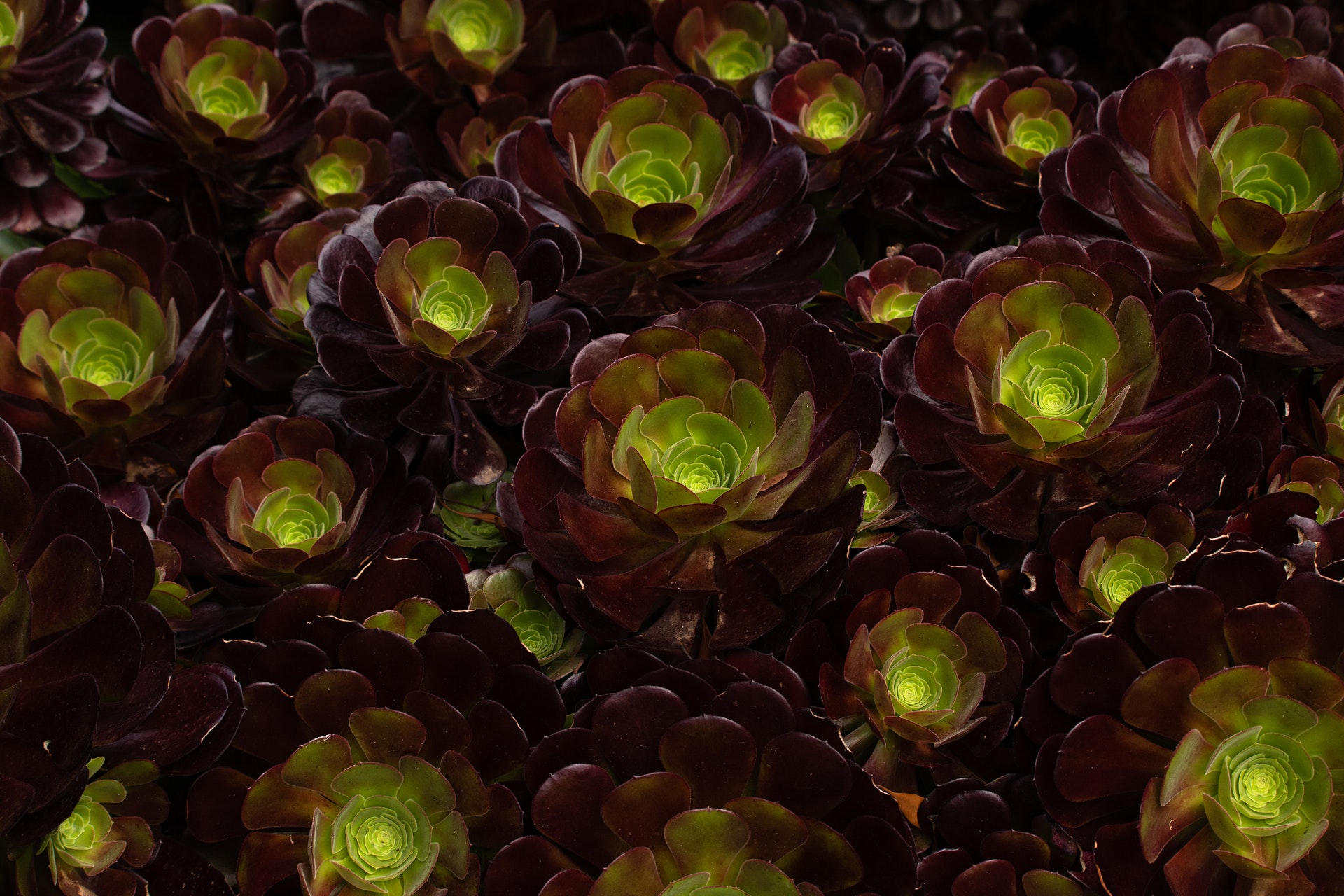
Not everyone is sold by the colorful, airy vibes of cottagecore. Should you be someone who shies away from bright flowers and cutesy garden decor, goth gardening is a 2024 trend that might be more up your alley. Gothic and dark academia aesthetics dominated fashion this past autumn and winter, and they’re now finding their way into warm-weather gardens, too. If you’re less into whimsy and more into the macabre, here’s how to set up a goth garden for those haunting Daphne du Maurier and Guillermo del Toro vibes.
What does a goth garden look like?

Goth gardens take inspiration from the chilling, mysterious gardens of Gothic literature. While you might associate literary estates like Manderley and Thornfield Hall with death and dreariness, we promise that goth gardens are very much filled with life. The idea is to channel that creepy atmosphere while still maintaining a tidy and productive landscape.
When it comes to plants, you can’t go wrong with striking, dark-hued plants for the goth garden trend — think flowers and foliage in black, burgundy, and purple. If you commit to a goth garden in the spring, you’ll be well on your way to being the coolest trick-or-treat spot when Halloween comes around.
To commit to the Gothic vibes, you should also consider your decor. In place of colorful mushroom pieces, frog pot climbers, and butterfly wind chimes, consider ornate cement planters, fountains, and benches. You can also play around with stone paths and other types of hardscaping. Besides cement and stone textures, look into wrought-iron furniture, arches, and gates for a haunted mansion atmosphere.
The best plants and flowers for a goth-inspired garden

To capture a goth aesthetic, look into buying dark flowers and foliage. While we encourage you to incorporate the occasional pop of color for a bit of fun contrast, you definitely want to focus on less cheerful hues. To help get you started, here are a few striking Gothic flowers and foliage to consider for a goth-inspired garden.
- Oxalis vulcanicola: Featuring the occasional bright yellow bloom, this perennial groundcover plant forms blankets of dark burgundy clovers.
- Tradescantia pallida “Purpurea:” Also called the purple heart plant, this tradescantia plant features succulent, dark leaves that grow prolifically in full sun.
- Aeonium arboreum zwartkop: Also called the black rose aeonium, this succulent thrives in drought-tolerant gardens.
- Pansy “Black Beauty:” This variety of pansies features hardy black blooms with bright yellow centers.
- Tulip “Queen of the Night:” This deep red bloom will give you those moody Crimson Peak vibes, typically lasting a long time before fading.
- Heuchera “Black Pearl:” Featuring jet-black leaves, this variety of coral bells looks striking in a concrete planter, although it’s perfect for your garden edging, too.
Give your garden extra personality with a striking Gothic style. If you’re partial to deliberately worn (but elevated) decor and dark plants, you’ll want to try the goth garden trend.



